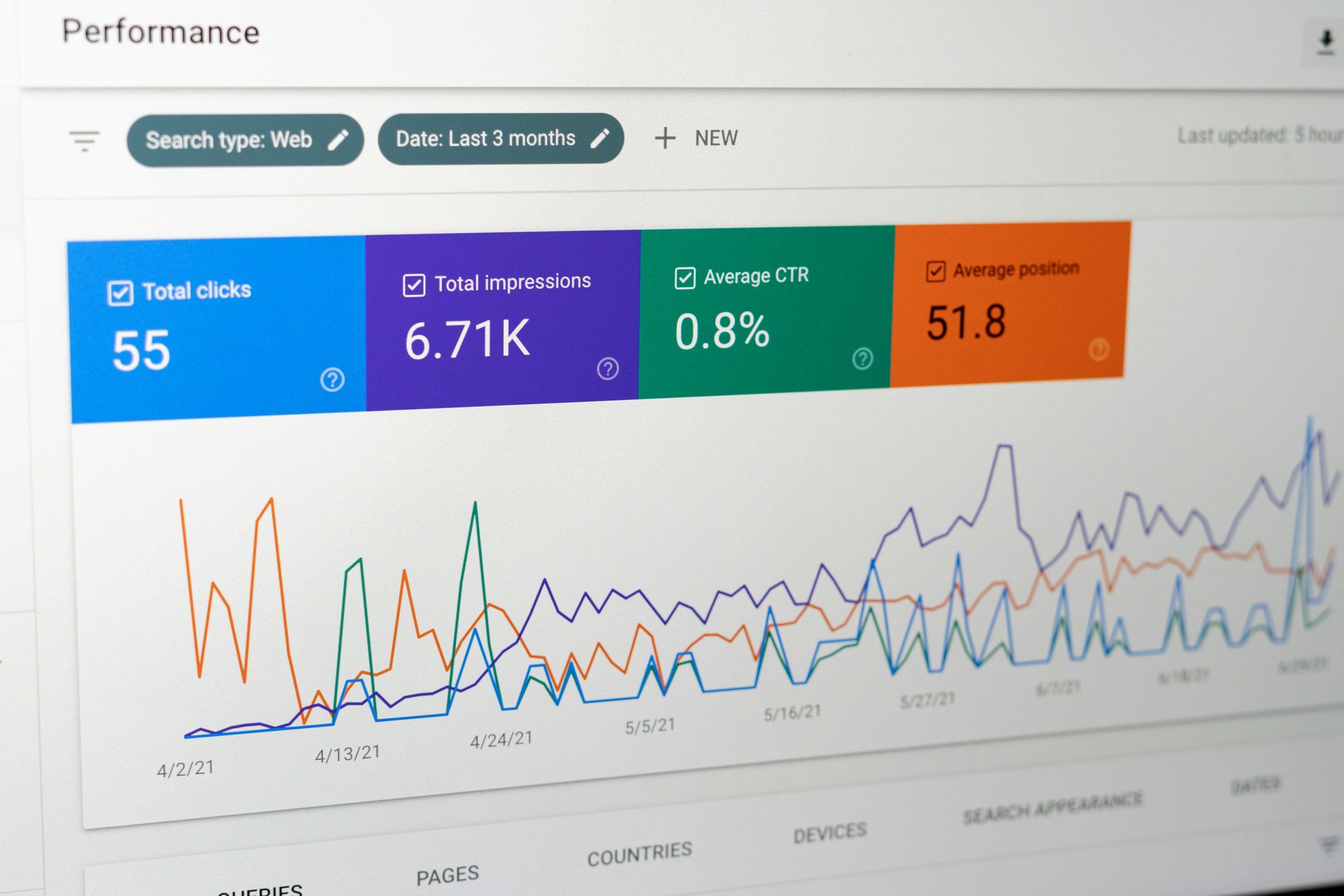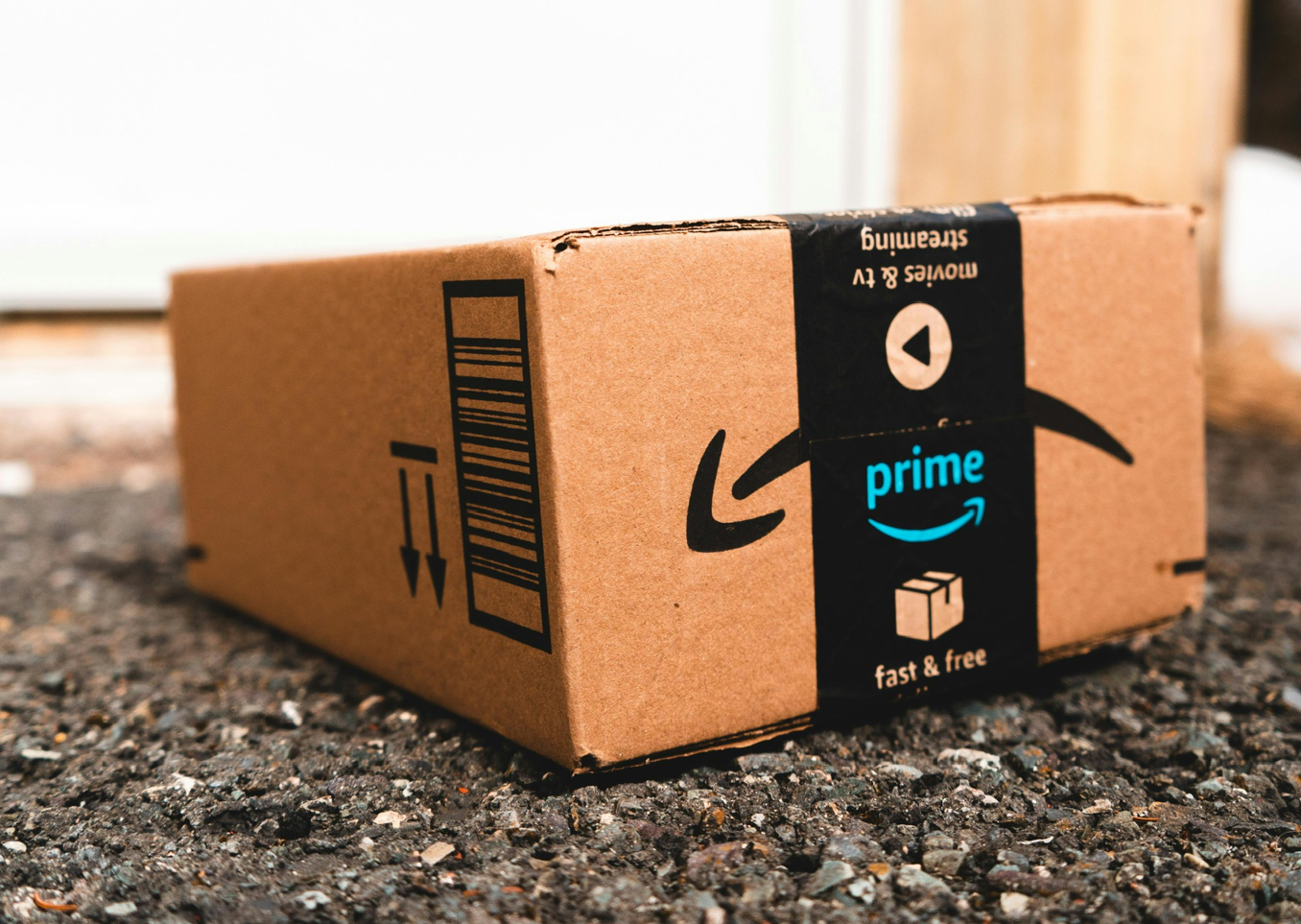By Peter Jones
•
November 20, 2025
If you've ever felt the friction in a sales call when the topic turns to price, you're not alone. In the digital agency world, we're not just selling a product; we're selling a complex, high-value service. How we package that service financially can be the single biggest factor in either building a partnership or hitting a brick wall. There isn't a single, one-size-fits-all approach. The truth is, the "best" model is the one that prioritises the client's immediate needs first, paving the way for a long-term, successful relationship. But this isn't just about how you price your services to your end-client. It's about the very structure of your agency. We see it all the time: talented WordPress agencies who are structured to only handle huge website builds, forcing them to turn away smaller, high-potential clients. We speak with exceptional branding agencies that want to offer a holistic service but find that building and supporting websites distract from their core expertise. This is where rigidity in your business model, not just your sales process, can cost you a perfect-fit client. The "Partnership-First" Approach to Pricing At KangarooUK , we’ve found that true success comes from seeing pricing not as a barrier, but as the first opportunity to build trust. This philosophy operates on two levels: For Direct Clients: Tailoring the payment model to demonstrate we are a partner invested in their success, not just a one-off provider. For Agency Partners: Acting as a specialist partner to help them say "yes" to more opportunities, capturing revenue they would otherwise have to refuse. Let's break down the flexible models that build better relationships on both fronts. Part 1: Flexible Models for Your Direct Clients First, let's examine the client-facing models, even if you plan to outsource the build. Offering these options positions you as a strategic consultant. 1. The Classic: Upfront Project Fees (with a twist) This is the traditional model: the client pays for the website build as a defined project. The Risk: A 100% upfront fee is a deal-breaker for many SMEs with tight cash flow. It can also frame the relationship as purely transactional. The project ends, you hand over the keys, and the partnership struggles to evolve into an ongoing retainer. The Smart-Flex: This is where milestone payments shine. For example, a 50% deposit to secure the project and commence design, with the final 50% balance due just before the new, conversion-driven website goes live. This is a powerful trust-builder. 2. The Relationship-Builder: The 12-Month Split Another highly effective, customer-centric model is splitting the website build cost over 12 months. This model is a game-changer for clients who need to manage their budgets predictably. It transforms a large, daunting capital expense (CAPEX) into a manageable monthly operational expense (OPEX). It’s flexible, predictable, and deeply appreciated by businesses that need to align their outgoings with their revenue. For the agency, it secures a 12-month commitment, naturally opening the door to bundling ongoing marketing retainers. 3. The All-In Partner: "Free" Site + Marketing Retainer This model takes the 12-month split a step further, rolling the entire cost of the build into a 24 or 36-month marketing retainer, presenting the website itself as "free." This is the ultimate low-barrier-to-entry model, powerfully attractive to new businesses. It positions you as a long-term partner from day one and secures predictable, long-term Monthly Recurring Revenue (MRR). Part 2: The Ultimate Flexibility: The Agency-to-Agency Partnership The models above are great, but what if the project itself doesn't align with your agency's needs? What about the client who needs a site, but your minimum project fee is too high? Or the client who needs a fast, scalable site on a platform you don't specialise in? This is where true flexibility wins. Instead of saying "no," you say, "Yes, we can handle that." As the UK’s only Duda Expert & Solution Partner, KangarooUK is built to be this partner for you. We work with clients, agencies, SaaS providers, and trade associations to deliver powerful websites and advanced functionality, allowing you to scale your services without the overhead. Here’s how a partnership model enables you to perform at scale: 1. White-Label Duda Development You can offer our services under your own name. We provide fully White-Label Duda Development in your own environment and brand, enabling you to expand services, clear backlogs, or roll out hundreds of client sites discreetly. With NDAs and silent partnerships, you keep full client ownership while we provide the technical power. This is the perfect solution for branding agencies that want to offer top-tier web design without an in-house development team. 2. Seamless Migrations to a Better Platform Many clients are stuck on slow, insecure, or hard-to-manage platforms like WordPress, Wix, or Mono. A partnership allows you to offer a high-value migration service. We migrate websites to Duda with minimal disruption, whether it's one site or thousands. Every migration is SEO-conscious, ensuring your client keeps their rankings while gaining a faster, safer, and more reliable platform—which you can then manage for them on a retainer. 3. Unlock Enterprise-Grade Tools Our Custom Plan Enablement Platform gives your agency access to Duda’s most powerful features—normally reserved for enterprise plans. You can integrate external datasets, manage an unlimited number of team members, and provide clients with a fully white-labelled environment featuring SSO and API access. This allows you to compete at an enterprise level without the enterprise overhead. 4. Advanced & Custom Solutions on Demand What about the client who needs a custom price calculator, a complex API integration, or even a mobile app? You don't need to build a new department. We handle the heavy lifting. Our team delivers secure, scalable solutions—from custom widgets to database solutions and mobile app builds—that work seamlessly for your client, under your brand. How to Choose the Right Model The secret isn't having a rigid price list. It's using your discovery phase as a diagnostic tool. When you get to the budget conversation, you're not a salesperson; you're a solutions consultant. Ask the right questions: "What's your current budget, and how flexible is it?" "Are there any financial deadlines or fiscal-year considerations we need to be aware of?" "What's more comfortable for your cash flow: a one-off project investment or a predictable monthly cost?" "Are you looking for a long-term partner to help you grow?" And most importantly, ask yourself: "Is this project a perfect fit for my core team, or could I deliver a better, more profitable result for both my client and my agency by using a specialist partner?" The Key Takeaway Being customer-centric and transparent about pricing isn’t just good for clients—it’s essential for agency health. When you tailor your approach, you build immediate trust. But true, sustainable flexibility comes from having the right partners in your corner. It allows you to offer flexible pricing (like the 12-month split) on a platform built for speed and reliability. It allows you to say "yes" to projects your old model would have forced you to refuse. At the end of the day, it’s not about which model is “right” in theory. It’s about which model—and which partner—solves the client’s entire problem.










